Often called the “first modern war,” World War I introduced a great many technological developments as the world carried itself further into the industrial age. Each country involved in the conflict sought to out-do one another in manufacturing ships, equipment and weapons.
However, one area of development that often goes unlooked is that of communications technology. A recent LiveScience article suggests that the rapid development in electric and radio-based communications “revolutionized the art of war” just as much as airplanes, tanks and chemical weapons.
However, according to the article, the military leaders in the early part of the 20th century were not necessarily quick to adopt new communications technology. “Their reluctance (or inability) to adapt new methods of warfare has been cited as one reason World War I was such a bloody affair,” the article states, “resulting in more than 17 million civilian and military threats.”
[text_ad use_post=”1890″]
At the start of the war, most radio systems were too heavy to be used in battle, so officers tried to direct their operations from their headquarters, miles from the front lines. Flashing lights and mirrors were used to coordinate troop movements.
Eventually, as technology developed and eventually became adopted, their use in military activities became more sophisticated. The positions of enemy gunfire was triangulated via the use of microphones. “Creeping barrages” were also developed and eventually became the standard methods to support infantry attacks.
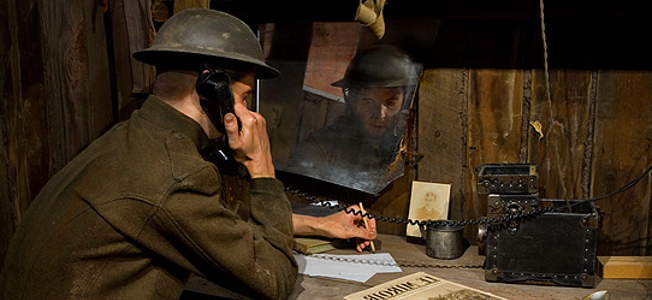
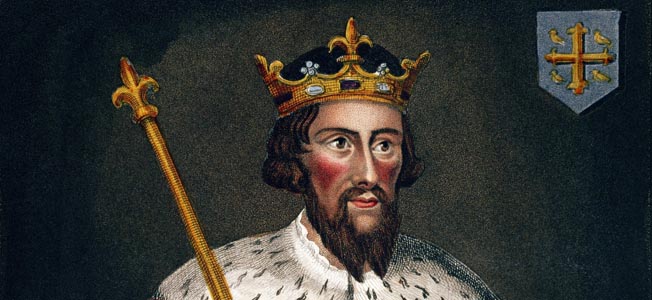
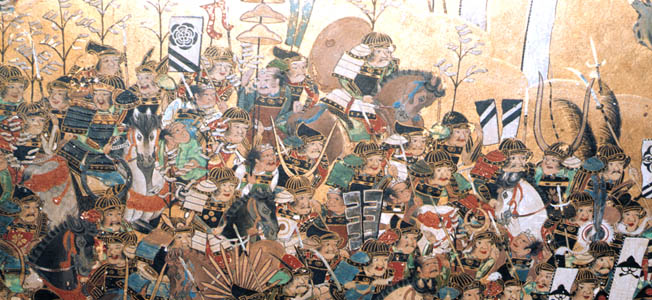
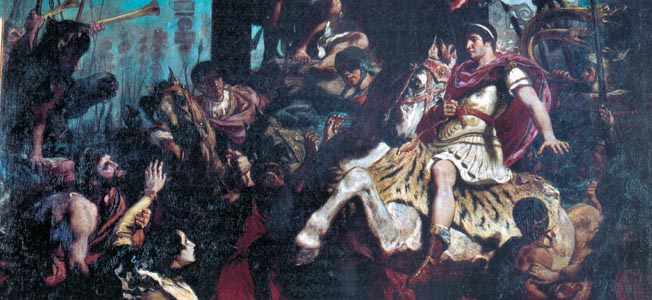

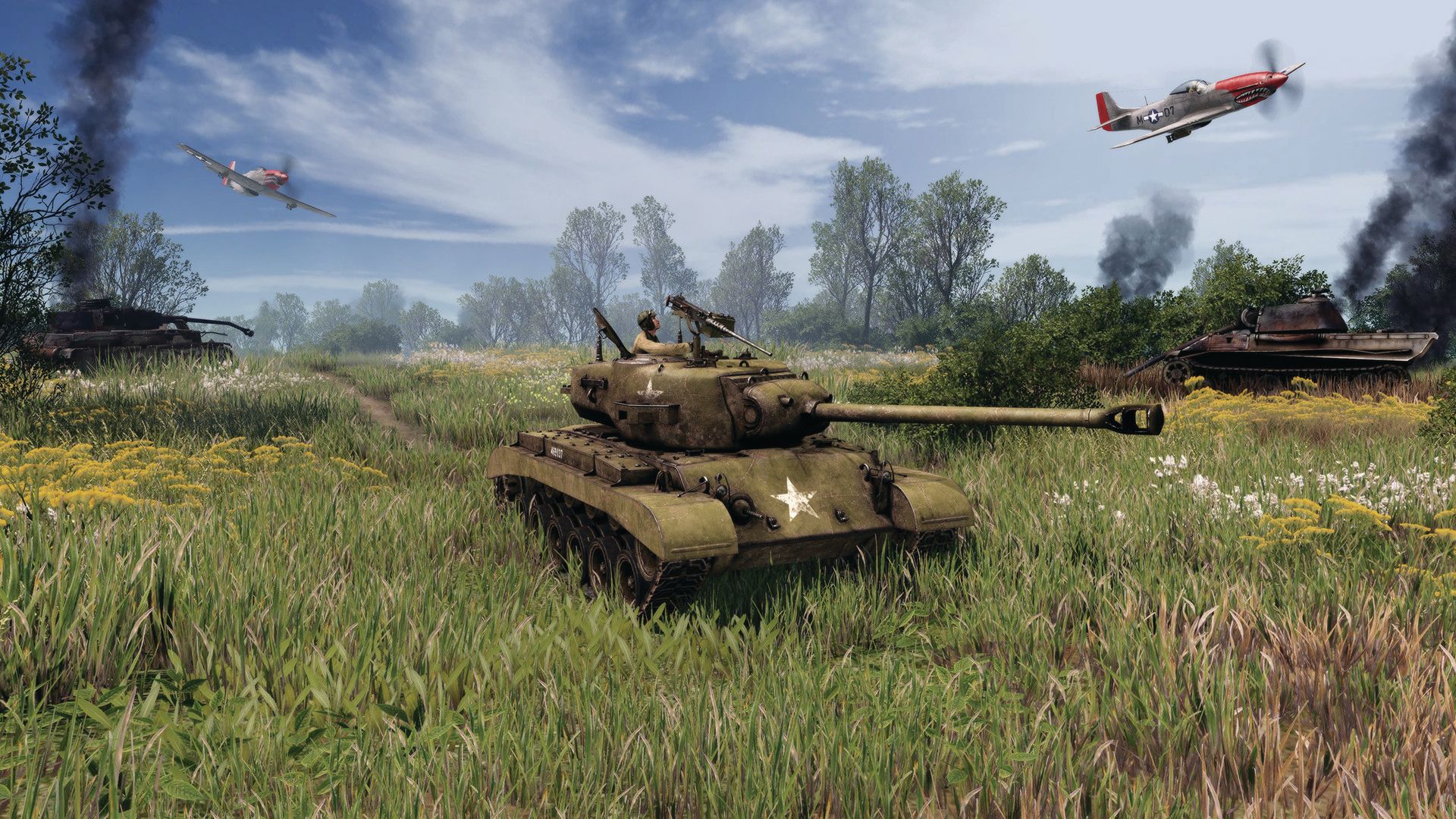

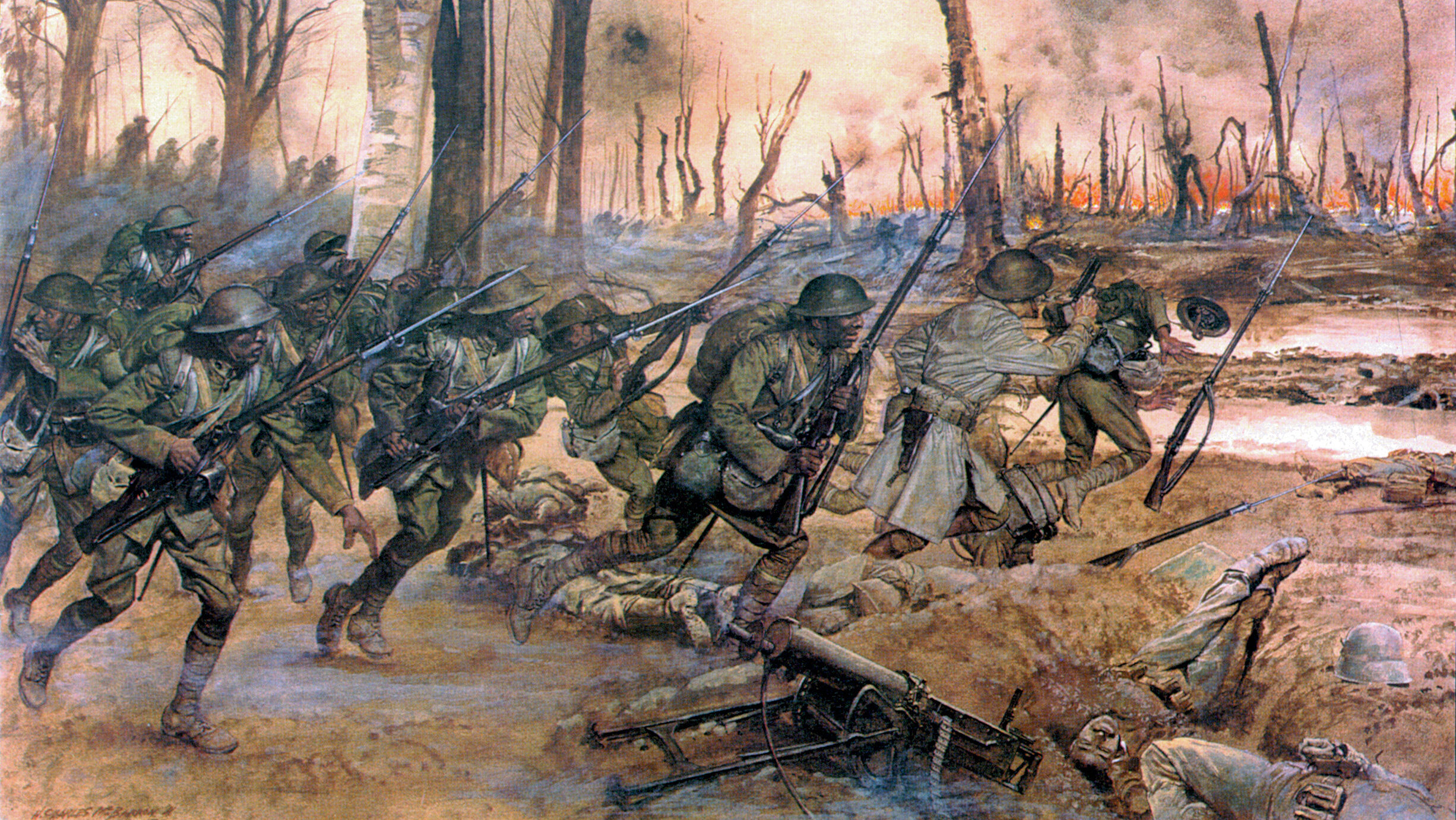
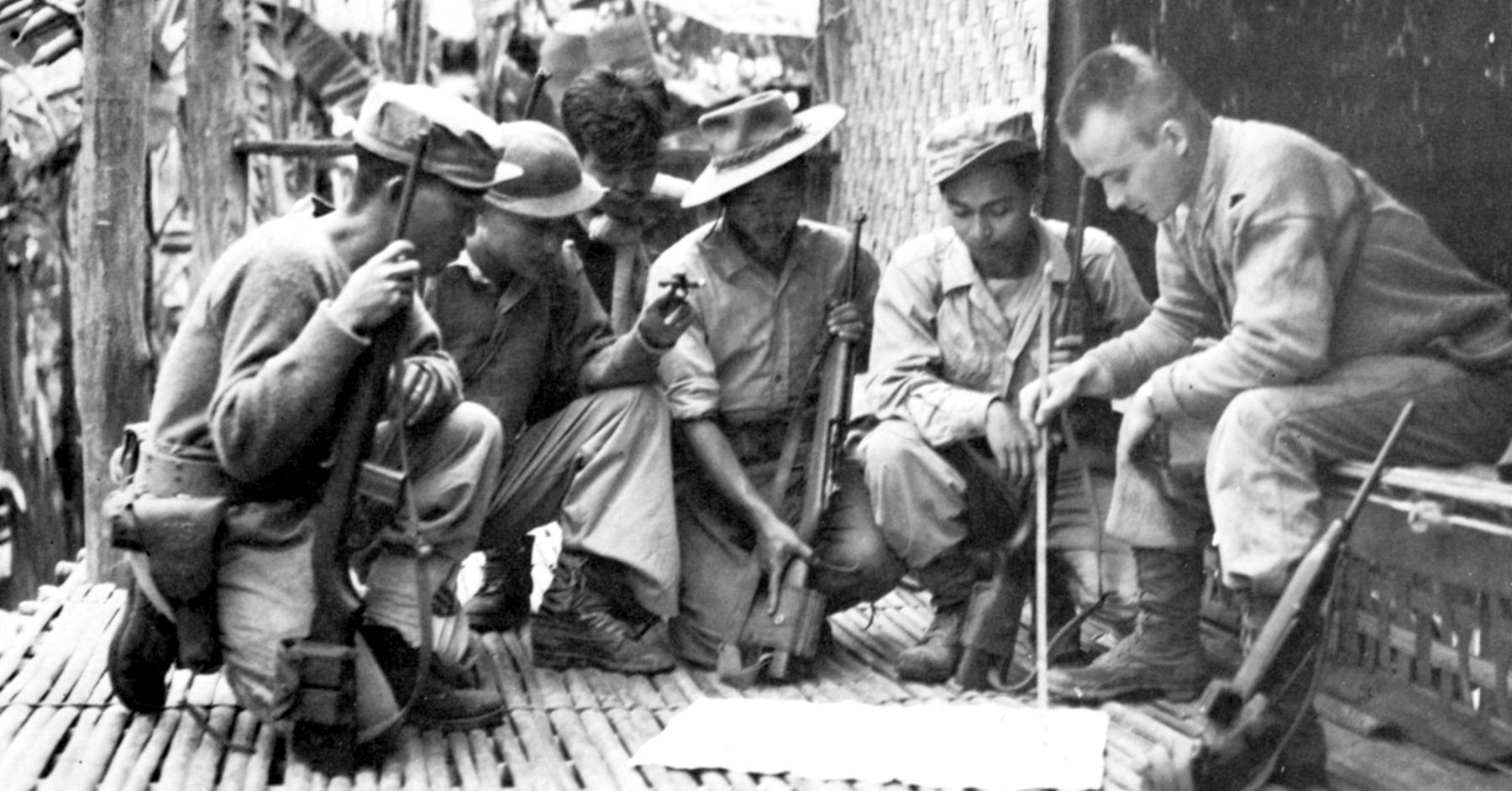
Join The Conversation
Comments
View All Comments